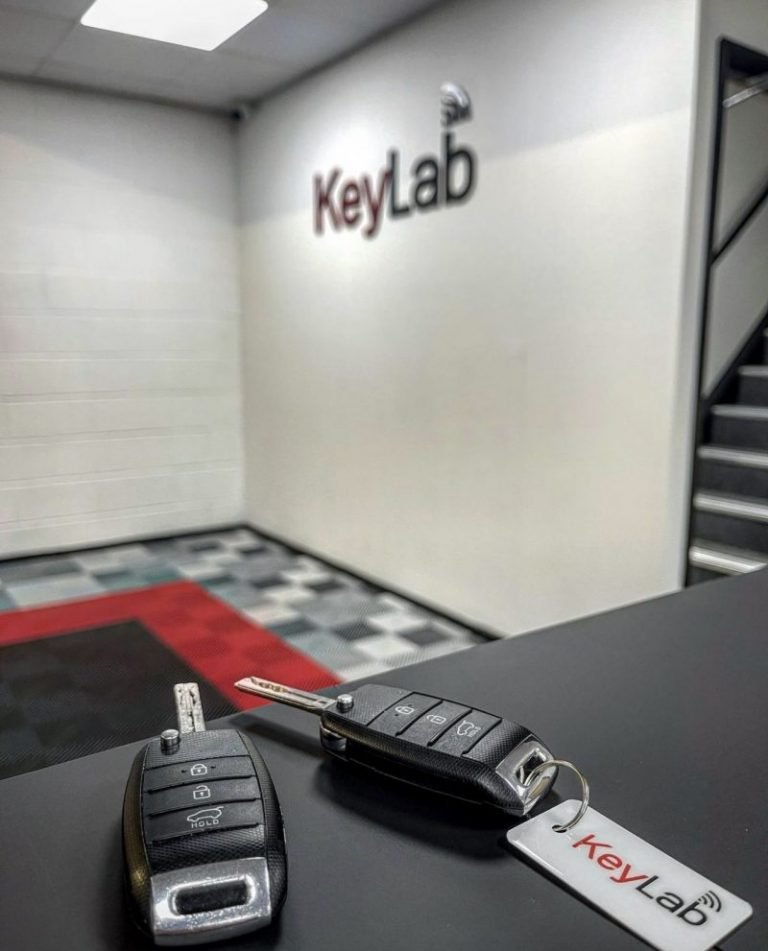What Is Car Diagnostics?
Car diagnostics can be used to pinpoint the issue with a car. It involves analyzing all kinds of automobile equipment. However, it is more commonly used to refer to electronic-controlled vehicles. To determine if there's any issues the diagnostic procedure checks the fuel supply to your car sensors, filters, and fuel. The engine management system in your car is looking for codes that match with various components.
Check engine light
The Check Engine light indicates that your car is experiencing problems. The light could blink or remain on for a long time. Regardless of its cause, it is critical to have your car examined by an experienced mechanic. If you fail to address the issue you could end up damaging your car's emission control system which includes the catalytic converter in your car.
It is essential to know how cars work to determine the cause of the check engine warning light. Cars have built-in computers that communicate with the driver using icons. The engine-shaped icon that is orange in the instrument cluster switches on when a problem is detected by the computer onboard. The causes of these problems vary from a simple overheating issue to something more serious.
The check engine light signifies an issue with your car's emission control system. It's a sign of a potential problem and could pose a risk to drive. It is essential to fix it as soon as possible or it could result in more damage and expensive repairs. While the check engine light should not be ignored, it is dangerous to drive.
An OBD-II scanner can be bought for those who aren't certain what the issue may be. These scanners can be expensive but they can give you an idea of the issue. Based on the severity of the issue they can assist you to determine the next step. In the meantime, don't be worried if your car's check engine light is on Be calm, pay attention to the car's symptoms and make sure to stop as quickly as possible.
Oxygen sensor tests
There are two ways to check the oxygen sensors in your vehicle. To check the voltage of your oxygen sensor, first employ an OBD2 scanner. If the sensor is functioning correctly, the voltage will fluctuate from lean to rich with a steady rate. The voltage should range from 0.1 to 0.9 voltage. It could be that the oxygen sensor is malfunctioning when it fluctuates.
The oxygen sensor is operating properly if the readings remain constant. It should be between 100mV and 900mV. If it's below this range, it is an indication of an issue. If the readings increase to over this range, it means that the sensor is not working properly. Then take car diagnostic near me off of your PVS valve. This will allow for a substantial amount of air to flow into the engine.
If you are not sure of the voltage, the most efficient way to test your car's O2 sensor is using a voltmeter. You will need to use the highest quality voltmeter. This is because the voltage coming from the o2 sensor in your car should be between one millivolt and one volt.

If you are unsure about the voltage, check it with an instrument like a multimeter. The multimeter can give you an oxygen sensors in the downstream and upstream. Before you test your multimeter, heat up your car. When it's warm the voltage on your digital multimeter should fluctuate between 0.1 volt and one volt. The oxygen sensor may be malfunctioning when the readings don't match this range.
Diagnostics cost
There are a myriad of factors which affect the final cost of car diagnostics. Most problems are relatively straightforward however in some instances the complexity of a problem can be quite expensive. For example, you may be required to replace certain components of your engine. If this is the case you should get an alternative opinion. Also, keep in mind that some auto repair shops will overcharge you for diagnostic tests. Beware of being ripped off by finding a trustworthy auto shop with a good reputation.
In addition to the cost of the diagnostic test itself, you should also keep in mind that you can purchase an online car diagnostic tool for just $25. These tools are similar to the ones used by mechanics or auto parts shops. These tools can help you pinpoint the issue prior to taking it to the mechanic.
The cost of diagnostic tests range between $88 to $111 for a general diagnosis. If the problem is more complicated the repair shop might require additional time and money to complete the diagnosis. These costs are usually less than the total price for repair. However, you must be aware that these charges are only the beginning of the invoice.
While diagnostic tests may cost more than other repairs, be aware that you are investing in your vehicle for the long-term. Diagnostic tests on your car can help you spot the issue early and prevent a major expense.
Signs that your car's system is in trouble
One of the most crucial systems in a car is the electrical system, which regulates the lighting. The lights keep drivers safe and illuminate the interior, especially at night. If your lights suddenly stop working or become dim it could be an issue with your electrical system. This could indicate an issue with the belt of the alternator or the battery is dying.
